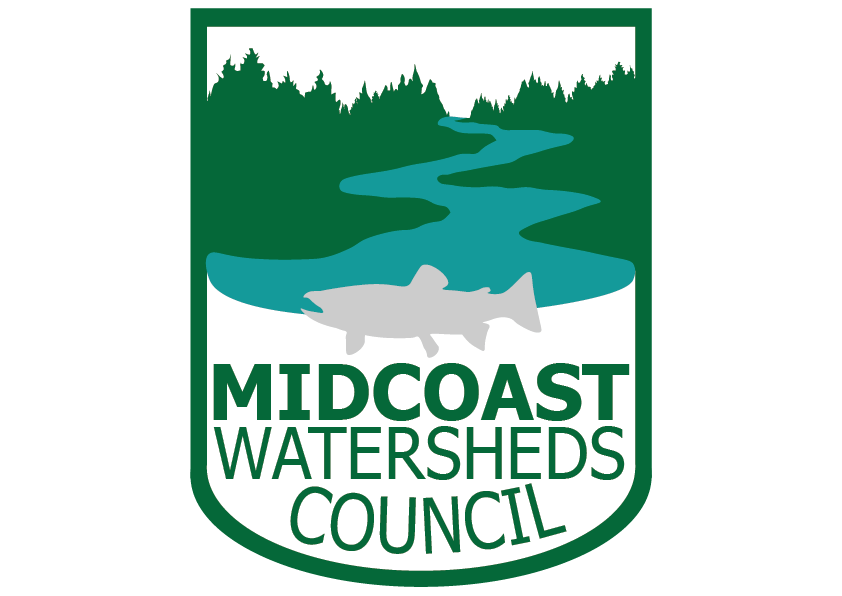The Siletz River is a coastal river in western Oregon, USA. The river has a rich cultural history, as it has been inhabited by the Siletz Tribe of Native Americans for thousands of years. In the late 1800s, European settlers began to move into the area, which led to significant changes in the river's ecology and increased development activity.
Over time, the Siletz River became impacted by activities such as logging, agriculture, and commercial fishing, which led to increased sedimentation and degraded water quality. These activities also had a negative impact on salmon and steelhead populations in the river, which are important cultural and economic resources for the Siletz Tribe and other communities in the area.
In recent decades, efforts have been made to restore the Siletz River and its habitat. Restoration efforts have focused on improving water quality, restoring stream habitats, and removing barriers to fish migration. These efforts have included the construction of fish ladders, the removal of dams and other barriers, and the implementation of agricultural best management practices to reduce sediment and nutrient runoff.
Today, the Siletz River and its habitat are being successfully restored, thanks to the efforts of government agencies, nonprofit organizations, and local residents. The river now provides important habitat for a range of fish and wildlife species, including salmon, steelhead, and lamprey. These restoration efforts have also had economic benefits for the surrounding communities, as they have helped to sustain recreational fishing and other outdoor activities that are popular in the area.
Overall, the restoration of the Siletz River and its habitat demonstrates the importance of conservation and restoration efforts in preserving the ecological and cultural heritage of coastal rivers in the Pacific Northwest.
Siletz Bay NWR
SAP process
